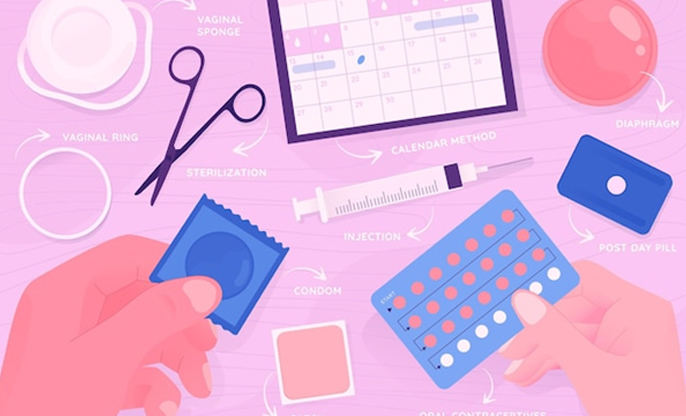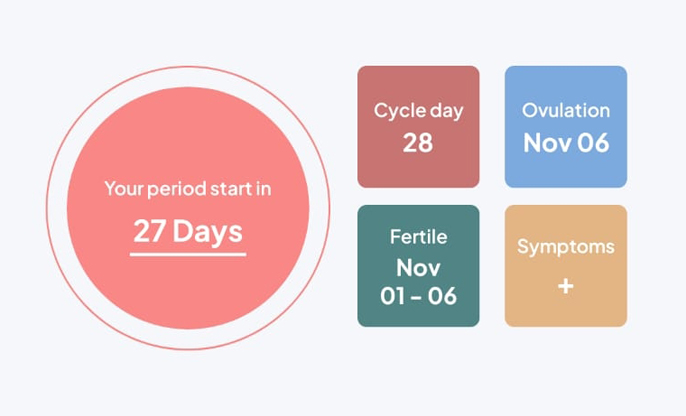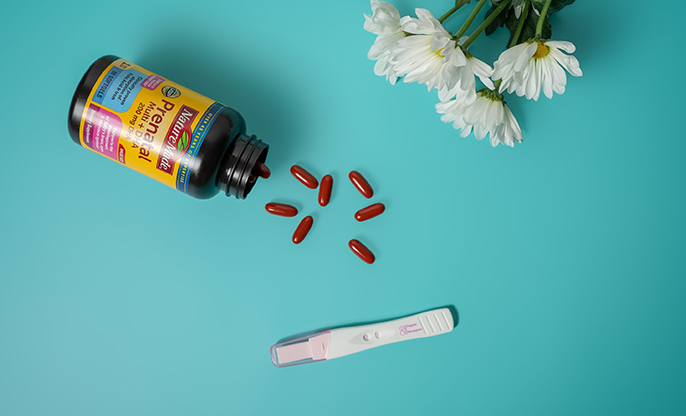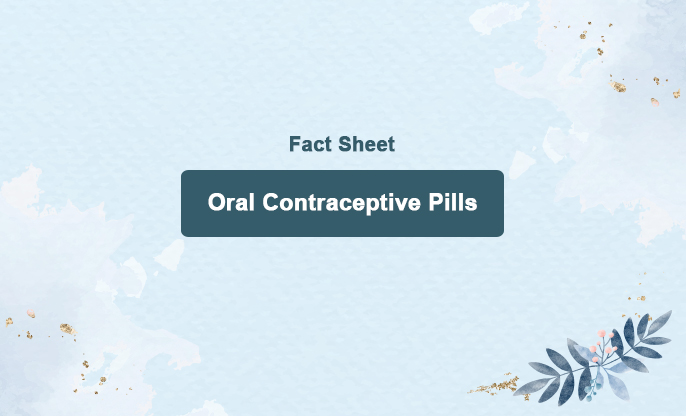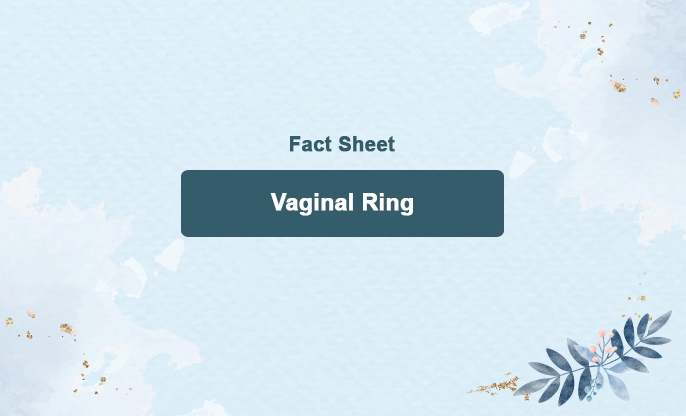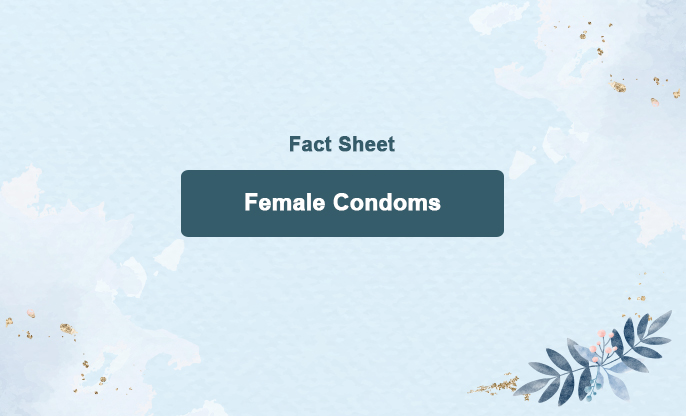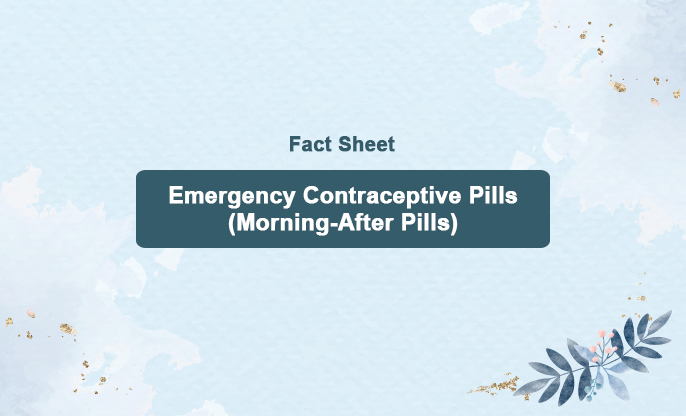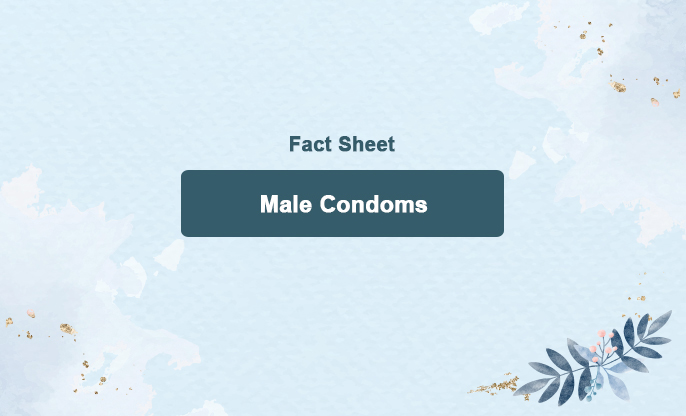
What is this?
Condoms, also known as external or male condoms, help prevent pregnancy and reduce the risk of sexually transmitted infections (STIs). They are placed on the penis before engaging in vaginal, anal, or oral sex. They cover the penis and collect semen during ejaculation, preventing sperm from reaching an egg.This barrier also limits the skin-to-skin contact that can transmit STIs.
Most people can use condoms.
Most condoms are made of latex, polyurethane, or polyisoprene. These materials are effective in blocking sperm and most pathogens., with the material specified on the packaging.
Avoid using latex condoms if:
You have a latex allergy.
You are using antifungal medication on or around the anus, vulva, vagina, penis, or testicles.
For condoms to be effective, they must be used correctly every time during sex.The condom should be put on an erect penis before any genital contact.It must be worn throughout intercourse and removed carefully after ejaculation to avoid spillage.
How does this work?
Condoms work by creating a physical barrier that prevents sperm from entering the vagina, thereby preventing pregnancy. They also help reduce the risk of sexually transmitted infections (STIs) by blocking the exchange of bodily fluids between partners.
Put the condom on before any sexual contact (before the penis touches the vagina or anus).
Ensure the penis is fully erect.
Carefully open the packet to avoid damaging the condom.
Do not use your teeth, as this could tear the condom.
Pinch the tip of the condom to expel any air.
Roll the condom down to the base of the penis.
If it doesn't roll down, it may be on the wrong way.
Discard it and use a new condom. Keep the condom on until you have finished having sex.
When finished, hold the base of the condom while pulling out to prevent it from slipping off.
Dispose of used condoms in the bin, not in the toilet.
Efficacy?
Condoms can be up to 98% effective at preventing pregnancy when used correctly every time you have sex.
If not used correctly, their effectiveness drops to 82%, meaning about 1 in 5 women using condoms over a year may become pregnant. And available over-the-counter without a prescription at pharmacies, supermarkets, convenience stores, and online.
Incorrect use includes:
Putting a condom on after the penis has already touched the vagina.
A condom splitting or coming off during sex.
Using a condom every time you have sex is the most effective way to protect yourself and your partner from HIV and other STIs.
Usage duration recommended:
Use one condom at a time and don’t reuse it.

